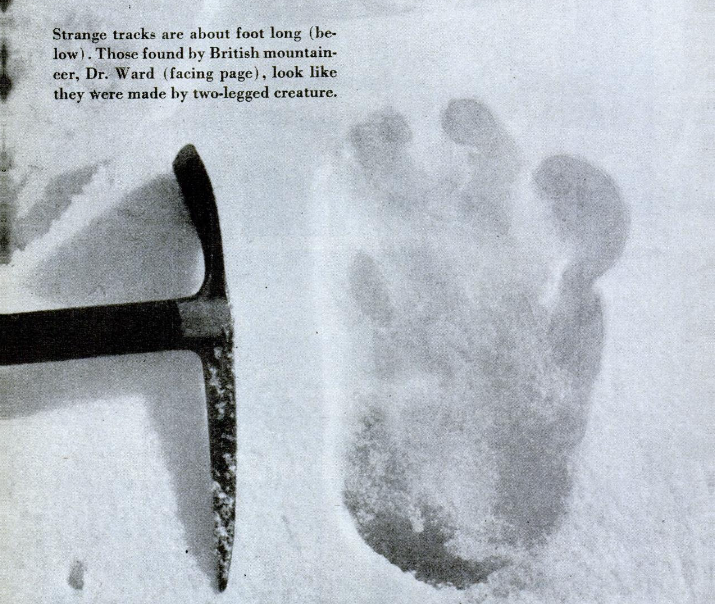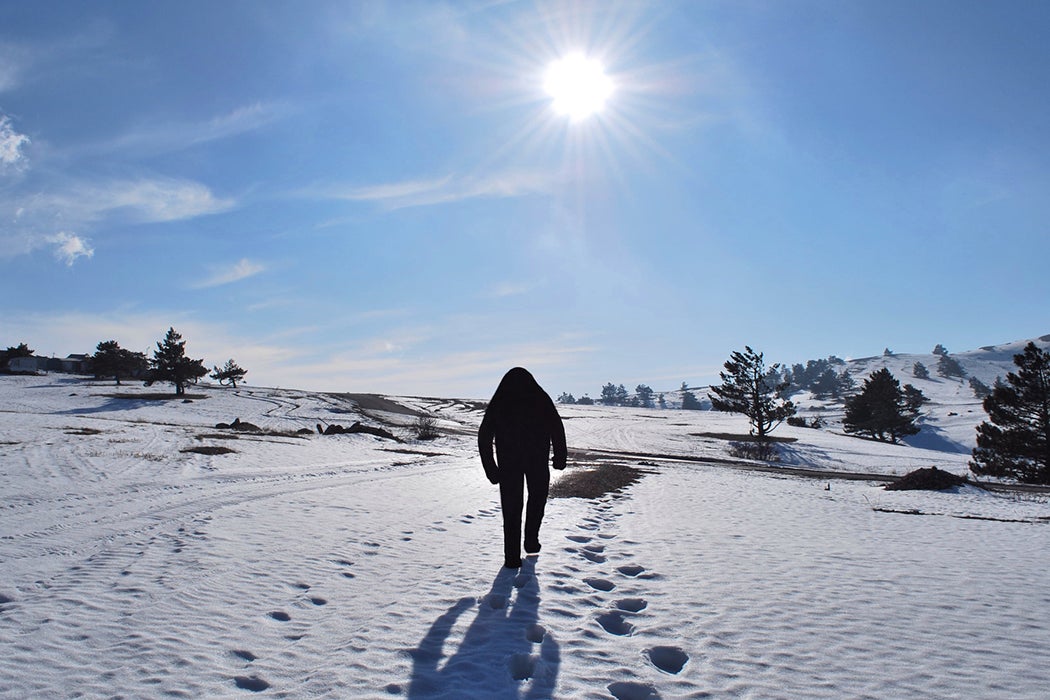Yeti, abominable snowman, whatever you call it, surely you’ve heard the legends of an ape-like creature that allegedly roams the high remote areas of the Himalayan mountains. Recently, a group of scientists from Buffalo tried to definitively prove whether or not the creature exists, examining DNA from a variety of hair and tooth samples that purportedly belong to Yetis. Most of them turned out to be from bears.
These results are not actually that surprising. William L. Straus Jr wrote in Science as early as 1956 about how bears are inextricably tied to the yeti legend. In the 1950s, as mountaineering in the Himalayas became more common, outsiders became more familiar with the Yeti legend. Sir Edmund Hillary himself reported evidence of a Yeti while scaling Mount Everest in 1953. Straus undertook one of the first attempts to systematically analyze Yeti evidence. As had Indian naturalists, he immediately focused on bears as a possible explanation. Bears are found in the area, are about the right size, and their fur matches the colors of local Yeti sightings (brown or reddish).
More telling, according to Straus, common words in Tibet for Yeti are Mi-te, or Kangmi. Mi-te is sometimes translated as “dirty” or, more colorfully, “abominable.” The common translation, though, is “Man-bear.” Kangmi is a different word for the same thing, but is sometimes mistranslated as “snowman.” Put them together and you get “Abominable Snowman,” which is, well, radically different than man-bear. Furthermore, Mi-te refers to a particular type of bear—an actual bear—standing on its hindlegs.

Lingusitics aside, much of the evidence for the creature comes from footprints, for which there are photographs and other documentation. In the 1950s, famous British mountaineer Eric Shipton himself provided photos of alleged Yeti tracks. Yet (no pun) once again the path often leads back to bears. Bear tracks actually do resemble huge human tracks, and in fact have been mistaken for human footprints in other contexts. Tracks in the snow are also notoriously difficult to interpret, and tend to melt around the edges, growing larger in the process. After a few hours or days, tracks of just about anything, from local wildlife to passing travelers, can become huge and impossible to identify.
Nor is the Buffalo team the first to examine Yeti samples. In 1962 Marca Burns examined a “Yeti scalp,” possessed by a Nepalese monastery, under magnification. Despite a few small differences and an attempt to disguise it with dye, she found distinct similarities between Yeti hair and Serow, a type of wild goat. Burns found strong evidence that the scalp was made of Serow hair, but she was not able to definitively rule out an unknown organism. The scalp remains on display to this day in Khumjung, Nepal.
Clearly the preponderance of evidence points to bears or other wildlife. Of course, it’s always tricky to prove a negative, so nobody can say for certain that there absolutely is no Yeti.







